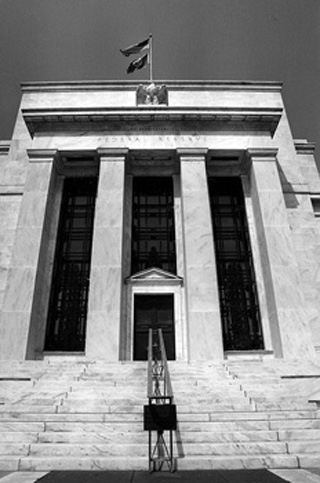Course Description
This is the second course in the four-quarter graduate sequence in macroeconomics. Its purpose is to introduce the basic models macroeconomists use to study fluctuations. Topics include the basic model or the consumption/saving choice, the RBC model or the labor/leisure choice, non-trivial investment decisions, …
This is the second course in the four-quarter graduate sequence in macroeconomics. Its purpose is to introduce the basic models macroeconomists use to study fluctuations. Topics include the basic model or the consumption/saving choice, the RBC model or the labor/leisure choice, non-trivial investment decisions, two-good analysis, money, price setting, the “new Keynesian” model, monetary policy, and fiscal policy.
Course Info
Instructor
Departments
Learning Resource Types
assignment
Problem Sets
notes
Lecture Notes

Constitution Avenue entrance of the Federal Reserve, Washington, DC. (Image courtesy of J. D. Welch.)








